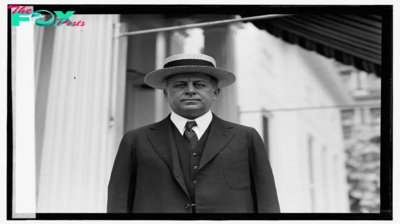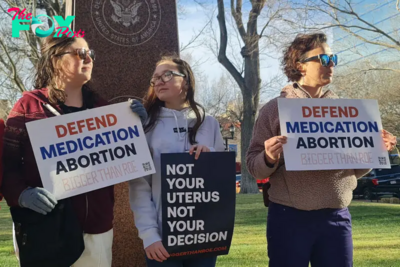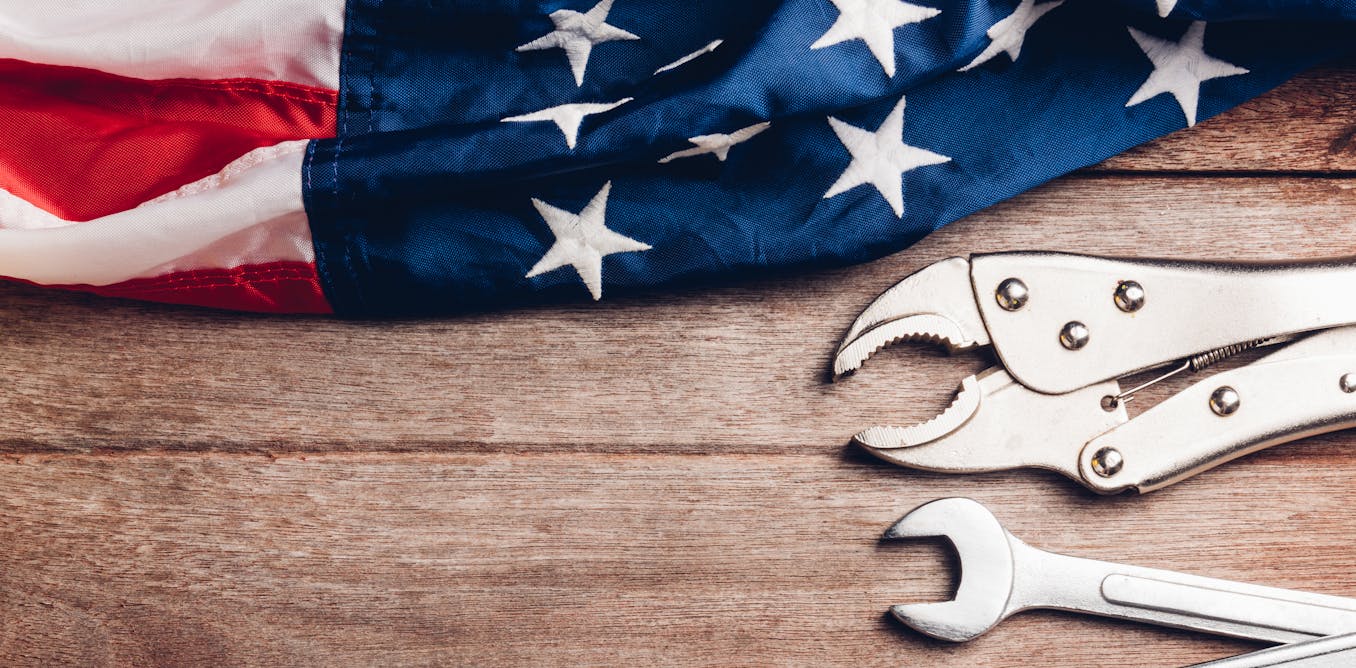Politics
Why is it so hard to know how many independent voters there are?
Modern U.S. politics has largely been viewed through the lens of a two-party power structure: Democrats and Republicans. However, this may be changing. Increasingly, the media, pollsters, pundits and campaigns themselves are focusing on independent voters, saying they will be crucial to the outcome of the 2024 presidential election.
But even among political experts, there remains a good deal of disagreement on how many of these voters are out there. It’s possible that some voters identify as independent but really just have weaker political preferences than party die-hards, while still maintaining some loyalty to one party or the other. And some independent voters change their political identification from one cycle to another. That makes it hard to tell who an independent voter is and how many of them exist.
Most of what political researchers like me know about independents comes from survey data.
Though it might seem simple to look at state records of voter registrations, it’s not very useful: Many states require voters to declare a party affiliation when they register, though they can also declare that they have no affiliation.
And some states require voters to join a major party to be allowed to vote in primaries. But others don’t. And some, like my home state of Arizona, prevent people who register as independents from voting in presidential primaries but let them vote in primaries for other races, so long as they request a ballot from one of the parties.
Those different rules mean the numbers from state records are almost certainly not reflective of the true number of people who are independent voters, and they also aren’t reliable indicators of how people might actually vote.
Researchers do have two good sources that have tracked political affiliation over a long period of time: Gallup surveys, the famous polling company, and American National Election Studies, a collaboration of universities. The number of independents these surveys report, however, depends on how the surveyors classify independents. But they may not take into account how specific voters’ political preferences change over time.
A 3-way question
Gallup’s polling operation, which dates back to the 1930s, tracks which political party American voters support by asking them the question, “In politics, as of today, do you consider yourself a Republican, a Democrat or an independent?” The voter’s answer is about their present situation and may be different from whatever party affiliation they may have declared when registering to vote – and it may also be different from how they have voted in the past.
According to Gallup, political independents constituted the largest political bloc of voters in 2023, with an annual average of 43% of American voters claiming that label. Independents first outnumbered supporters of both major parties in 1991 and have done so since then, except between 2004 and 2008. In March 2023, independent voters represented 49% of U.S. adults, more than the two major parties combined.
A 7-way question
The scholarly classification of voters as independent dates back to the work of Angus Campbell and his colleagues, who first published “The American Voter” in 1960. The surveys that those researchers analyzed for the book have been considered by many to be the gold standard in the field.
The source of those surveys was the American National Election Studies program, a collaboration among several research universities. Though officially founded in 1978, the ANES has continuous survey data on the U.S. electorate since 1948. The survey is usually administered every other year but occasionally every fourth year.
Since 1952, researchers and pollsters have typically asked a follow-up question to those who identify as independents to determine whether respondents prefer one party over the other if they had to vote. Most independents reported that they lean toward either Democrats or Republicans.
So initially, these surveys ask respondents to identify themselves on a three-option scale – Democrat, Republican or independent. But for independents, they probe more deeply, seeking to locate the person being surveyed on a seven-point spectrum between “strong Democrat” and “strong Republican,” with five options in between, to offer a more nuanced look at people’s political preferences.
How many lean?
In the 1990s, however, the idea of nuance among independent voters came under scholarly scrutiny. The 1992 book “The Myth of the Independent Voter” argued that there really were only the three main categories and that most people who said they were independent really preferred one party or the other.
When those independents who report a lean toward a party are counted as supporters of that party, the overall proportion of independents is small – about 10% of the total electorate. That level has remained roughly constant since the 1950s. About two-thirds of independents lean toward one of the two major political parties’ candidates.
People stop – and start – being independent
However, other scholars, including me, disagree with the assertion that most independents are really leaning toward a party. We think there is more volatility in their voter patterns when tracked over time.
Some researchers have argued that independents’ responses to questions asking whether they lean toward the Democratic or Republican parties are significantly affected by short-term factors related to whatever campaign is happening at the time, such as particular candidates and specific issues. This is one reason it would be useful if surveys asked all respondents – not just independents – how closely they identify with one party or the other.
In our January 2023 article “The Fluid Voter,” my colleague Dan Hunting and I analyzed ANES data on political identification and voting choices from 1972 to 2020. We observed significant volatility in loyalty to party among independent voters over more than one election. We also found evidence that a sizable number of independents move in and out of independent status from one election to another. We argue there is a need to look at long-term voting behavior of specific voters.
So while there’s not consensus on how many independent voters there are in the U.S., their numbers do seem to be growing. The increase may require scholars, media outlets and the public to shift their traditional two-party view of American politics. It’s possible that the long-standing survey questions are no longer – or maybe never were – actually good at identifying political views of independent voters.
-

 Politics1d ago
Politics1d agoThe Last Time the Senate Rejected a President’s Cabinet Nominee of the Same Party
-

 Politics1d ago
Politics1d agoPolice Report Reveals Assault Allegations Against Pete Hegseth
-

 Politics2d ago
Politics2d agoWhy Trump Actually Needs Mexico
-

 Politics2d ago
Politics2d agoMan Convicted of Killing Laken Riley Sentenced to Life in Prison Without Parole
-

 Politics3d ago
Politics3d agoHow the Biden Administration Protected Abortion Pill Access—and What Trump Could Do Next
-

 Politics3d ago
Politics3d agoWhy Trump’s Tariffs Could Raise Grocery Prices
-

 Politics3d ago
Politics3d agoThe First Trans Member of Congress Expected Pushback Like Mace’s Bathroom Rule
-

 Politics3d ago
Politics3d agoNew York Prosecutors Oppose Dismissing Trump’s Hush Money Conviction





















